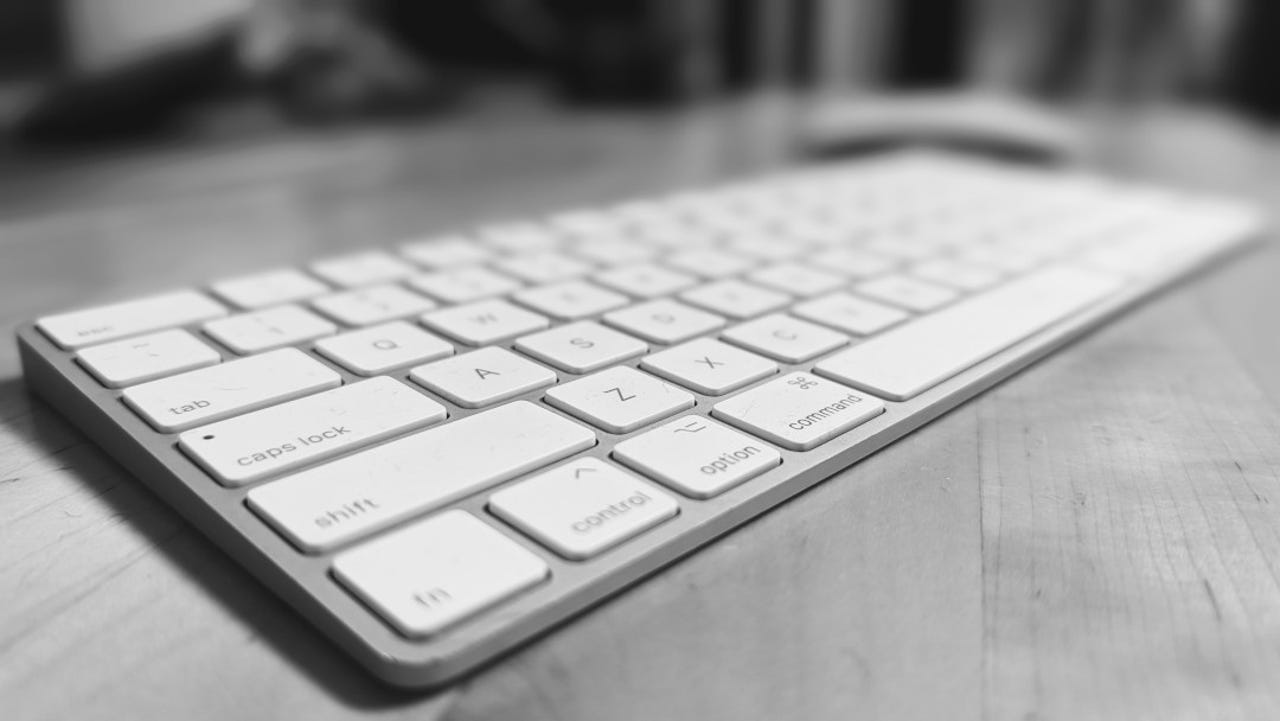
































Given that Linux is my primary operating system,I tend to take security for granted. So, when I started using MacOS as my secondary operating system, I knew I couldn't approach it with the same cavalier attitude that I do with my main open-source OS.
Although MacOS is fairly secure, that doesn't mean you should use it as-is. You can't just forget about security at a time when bad actors everywhere are doing everything they can to access the data of unsuspecting users.
Also: MacOS 14.4.1 makes it once again safe to update your Mac
To that end, I've narrowed down the list of things you should do to make your MacOS machine more secure. Most of these are straightforward, so you shouldn't have any problems applying these basic best practices.
With that said, let's get your iMac or MacBook more secure.
This should go without saying, but on the off-chance anyone needs to hear it again: use strong passwords. This doesn't just apply to your apps, online services, and accounts, but also to your local user account. If you first set up your MacOS account with a simple password, change it to something more challenging. If you're about to set up a new Mac, make sure your username has a strong password.
Also: Beyond passwords: 4 key security steps you're probably forgetting
Don't usepassword, password123, or any other password that anyone can easily guess. Remember: if someone with ill intentions were to gain access to your account, there's no telling what they would do. Don't save passwords directly in your web browser and don't use the same password to lock your password manager's vault (but do use a password manager). By using strong passwords, you create a first line of defense against those who might attempt to access your information.
Always check for updates. I do this every morning. Additionally, I enable automatic software updates, so I don't have to worry about updating installed software. While you're checking for software updates, check for any updates that can be applied to the operating system. You want to check for updates because they very often include security patches.
If left unpatched, your software (or operating system) could be vulnerable to attack. It's worth spending these extra few seconds every day if it means your MacOS-powered device is more secure for the effort.
You might not know this, but the MacOS firewall is disabled by default. If you're unfamiliar with what a firewall does, it's quite simple: a firewall blocks unauthorized incoming network connections. This is especially important if you use a MacBook and regularly connect it to wireless networks controlled by other people or businesses. If you sit down at your local coffee shop and spend the afternoon writing the next great American novel, you should have your firewall enabled.
Also: How to use public Wi-Fi safely: 5 tips you need to know before you connect
If you take your laptop to random businesses and connect to their wireless network, you'll want to use a firewall. To enable the MacOS firewall, go to System Settings > Network > Firewall and move the On/Off slider into the On position.
Your MacOS machine is set up to automatically log in to your account when you turn on your computer. This is not the best option if you want to keep your data secure. Consider: Anyone can turn on your machine and wait for your account to automatically log in, thus giving them the keys to your kingdom. You don't want that.
To disable auto login, go to System Settings > Users & Groups and set Automatically Log In to Off. By the way, if you have FileVault enabled, automatic login is not available.
Speaking of which...
Encryption makes it considerably more challenging for someone to access your data. Fortunately, MacOS includes a very powerful encryption tool: FileVault, which encrypts your entire disk to secure your data.
To enable FileVault, go to System Settings > Privacy & Security. In that section, you'll see the FileVault listing. Click Turn On and then follow the required prompts. Make sure your encryption key is saved to your iCloud account so that you can still decrypt your drive should you forget your password.
Also: 6 ways to protect yourself from getting scammed online
And there you have it, five simple tips to help secure your MacOS machine. These basic ideas should go a long way to prevent unwanted people from accessing your account and the data stored within.
 Tags chauds:
technologie
Tags chauds:
technologie